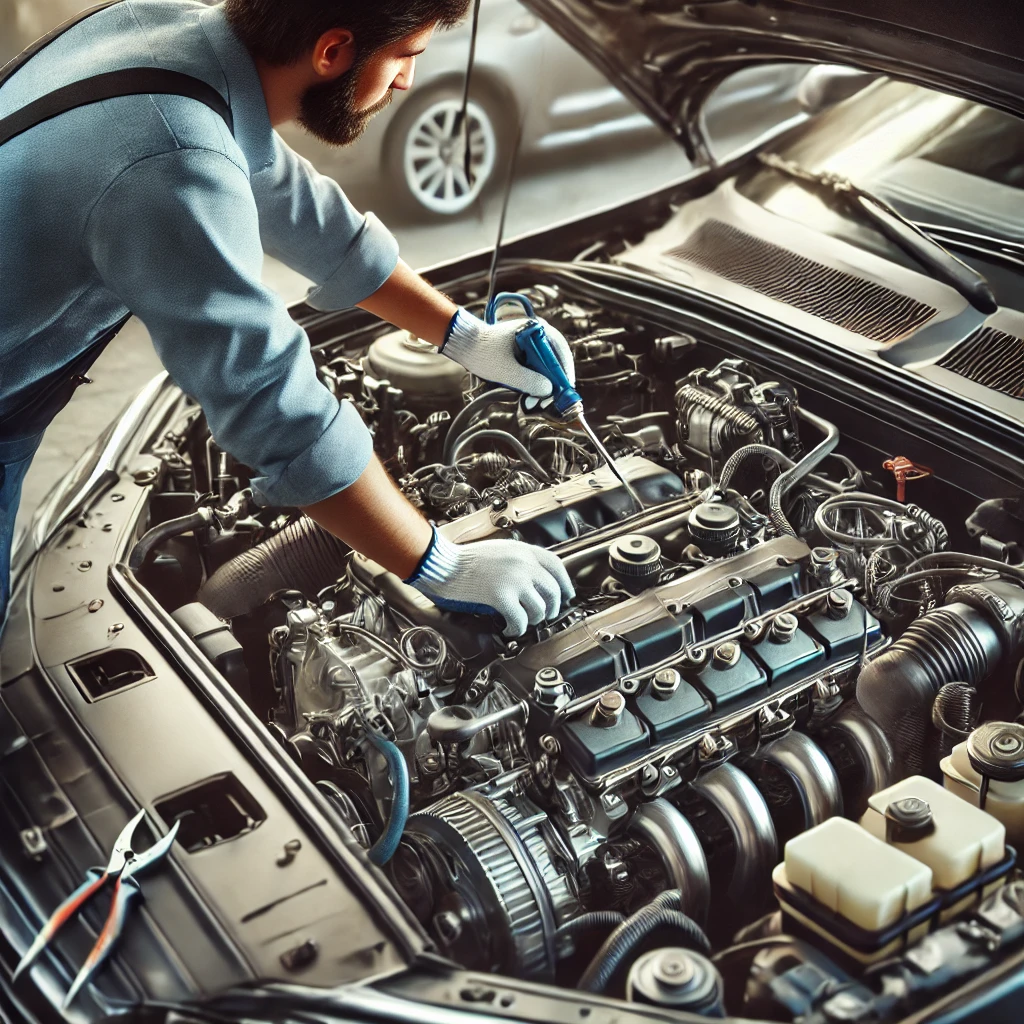Many car owners are unsure about what a vehicle health check includes. Knowing what mechanics look for during this check can help you understand its value and why it’s essential for road safety and car performance.
A Full Breakdown of Vehicle Health Check Components:
1. Braking System Check:
- Inspect brake pads, discs, and calipers for wear.
- Check brake fluid levels and for any leaks.
- Examine the brake hoses and lines for cracks.
2. Tyres and Wheel Inspection:
- Measure tread depth (minimum legal tread is 1.6mm in the UK).
- Check tyre pressure and adjust if needed.
- Inspect sidewalls for cracks or bulges.
- Check wheel alignment and balancing.
3. Engine and Transmission:
- Inspect belts and hoses for cracks or frays.
- Check engine oil level and condition.
- Transmission fluid check (automatic and CVT transmissions).
4. Battery and Charging System:
- Check battery voltage and charging rate.
- Inspect battery terminals for corrosion.
- Ensure the alternator is functioning properly.
5. Lights, Electrics, and Wipers:
- Test all headlights, indicators, brake lights, and interior lights.
- Inspect and test wiper blades and washer fluid.
6. Steering and Suspension:
- Check for loose or worn steering components.
- Inspect shocks, struts, and suspension mounts.
7. Fluid Leaks and Levels:
- Check for coolant, oil, transmission, or brake fluid leaks.
8. Exhaust and Emissions System:
- Inspect exhaust for holes, rust, or loose fittings.
- Scan emissions system using diagnostic tools.
Final Report:
A reputable garage will provide a detailed report of any issues found, with recommendations on repairs and urgency levels.

